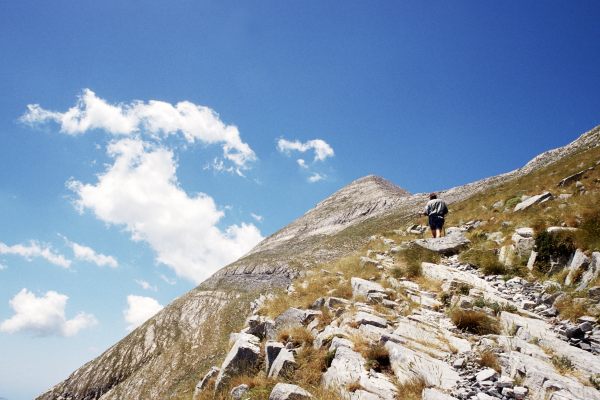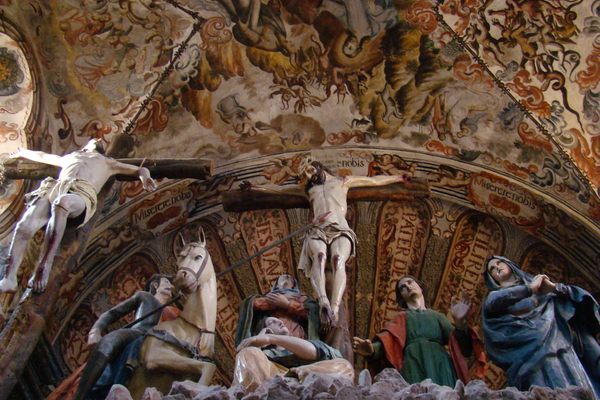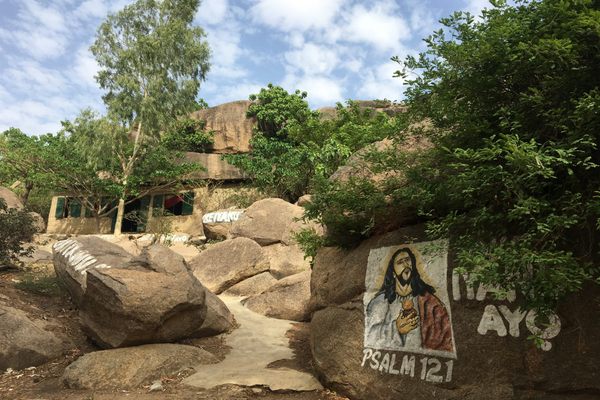Church of the Virgin Mary
This sixth-century church housed an icon with eyes so beautiful legend has it they inspired the name of a Greek city.
In the sixth century, a small church dedicated to the Blessed Virgin Mary was built inside the castle walls of a fortress directly over the site of the ancient city of Farai. Inside this church was an icon of the Virgin Mary with what was described by many as the most beautiful black eyes ever seen on an icon.
The icon became known as “Kalomata” (“Beautiful Eyes” in Greek). Over the years, the city embraced the popular name and eventually Farai became known as Kalamata.
The castle continued to deteriorated over the next six centuries until it was rebuilt by the occupying Franks after the Fourth Crusade in 1205. The castle changed hands numerous times between the Principality of the Morea, Slavs, Navarrese, Franks, Venetians, and Ottomans until Kalamata was liberated at the start of the Greek War of Independence on March 23, 1821.
The church serviced the community continuously during these times, except when under Ottoman occupation, where worship privileges were allowed inconsistently. While the castle suffered significant damage during the many battles fought for it over the centuries, the church generally escaped major damage. The church did however suffer damage in the earthquake of 1986 however it was repaired shortly thereafter.
Know Before You Go
To access the Church of the Virgin Mary, you must enter the castle. The main access to the castle is through a gate-tower with a frieze of the Lion of St. Mark above it. Hours are as follows:
April – October: 0800-2000 Daily
November – March: 0800-1500 Daily
The days/hours may vary depending upon other holidays, special events, etc.
There is an entry fee that has numerous exceptions and discounts.
The open hours for the church vary. The church hosts a feast on many of the prominent Marian feast days.



















Follow us on Twitter to get the latest on the world's hidden wonders.
Like us on Facebook to get the latest on the world's hidden wonders.
Follow us on Twitter Like us on Facebook